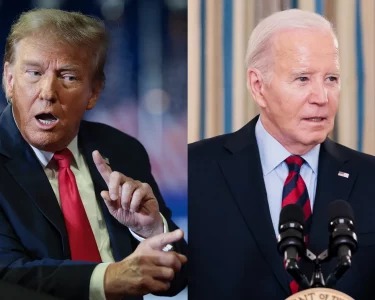In recent years, the power of the Executive Branch of the United States government has come under scrutiny. From executive orders to foreign policy decisions, the president’s authority has been tested, and many Americans are wondering if the power of the executive is too great. The question is, what are the limits of presidential authority, and what is the role of the other branches of government in checking that power?
The United States Constitution lays out a system of checks and balances to ensure that no one branch of government becomes too powerful. The Executive Branch is responsible for enforcing the laws, while the Legislative Branch makes them and the Judicial Branch interprets them. However, in recent years, presidents have been pushing the limits of their authority, leading to a debate about the appropriate balance of power.
One of the most controversial aspects of presidential power is the use of executive orders. Executive orders are directives issued by the president that have the force of law, but do not require approval from Congress. While executive orders have been used throughout American history, recent presidents have relied on them more heavily. President Obama, for example, issued over 270 executive orders during his two terms in office. President Trump issued 220 executive orders during his single term in office, including several that were later struck down by the courts.
The use of executive orders has led to concerns about the balance of power between the Executive and Legislative Branches. Critics argue that executive orders allow the president to bypass Congress and make policy decisions without the input of elected representatives. Supporters argue that executive orders are a necessary tool for presidents to use when Congress is unable or unwilling to act.
Another area where presidential power has been tested is in foreign policy. The Constitution gives Congress the power to declare war, but in recent decades, presidents have been using their authority as Commander-in-Chief to take military action without congressional approval. For example, President Obama authorized military strikes against ISIS in Iraq and Syria without seeking approval from Congress. President Trump ordered a drone strike that killed Iranian General Qasem Soleimani without consulting Congress.
These actions have raised questions about the limits of presidential power in foreign affairs. Critics argue that presidents are overstepping their authority by taking military action without the approval of Congress. Supporters argue that the president needs to act quickly and decisively in matters of national security and that waiting for congressional approval could put American lives at risk.
Ultimately, the debate over the power of the Executive Branch is a question of balance. The Constitution provides for a system of checks and balances, but it is up to the different branches of government to ensure that those checks and balances are enforced. As the role of the presidency continues to evolve, it is important for Americans to stay informed about the powers and limits of the Executive Branch, and to hold elected officials accountable for their actions.




